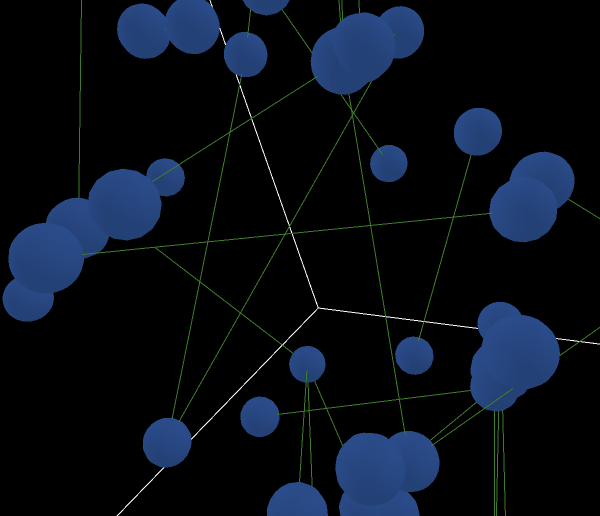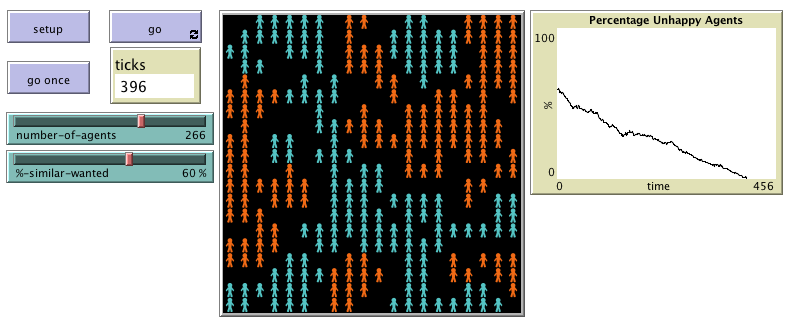

The timesteps will be used to define how many NetLogo ticks to run each iteration for.

The Run Control property for this scenario is set to run 10 timesteps and 7 iterations.This is a scenario used to represent 5 biocontrol agents, or Bugs, moving across the landscape and eating Invaded patches. In the SyncroSim library explorer right click on the scenario called 5 Bugs and select Open.Further explanation on Output Variables is given in the section below on NetLogo Code.
NETLOGO CODE CODE
Like Symbols, Output Variables are used in the NetLogo code their purpose is to allow SyncroSim to load NetLogo output into the model database and to display that output in the user interface. The output variable landCover is used to represent a map of the landscape state. The example library contains four output variables: Closed, Open, and Invaded are used to denote the amount of area in these three possible discrete vegetation states.
The last tab in the Definitions for the netlogo package is for Output Variables. Details on how Symbols are used in the NetLogo code files will be explained in the documentation section on NetLogo Code. Symbols can also be used to set input files that need to be loaded by NetLogo at runtime, such as a raster specifying the starting landscape conditions. Symbols can be used to set state variables. A Symbol is simply a collection of characters that denotes where a specific value should be inserted into the nlogo code file at runtime. In this file, certain variables defined in the code can be set in the SyncroSim user interface by using Symbols. nlogo code file that ships with the template library. The netlogo template library has been preloaded with a very simple example agent-based model of biocontrol agents, or Bugs, looking for and eating an invasive plant on the landscape. In the SyncroSim library explorer right click on Definitions and select the Symbols tab. 
This is useful for initially debugging your model, but can be cumbersome if you are running many model realizations and scenarios.
In the Library Properties for NetLogo you can also select to Run in window which show the NetLogo GUI at runtime. For the 圆4 version of NetLogo This is typically “ C:\Program Files\NetLogo 6.X.X”. On the Options I NetLogo of the Library Properties specify the NetLogo executable filename where the NetLogo.exe file is located. Highlight your netlogo library in the library explorer and select File I Library Properties. The SyncroSim library explorer should now display your new netlogo library. Select the netlogo base package and the NetLogo Example template specify a file name and folder location for your netlogo SyncroSim library and click OK. Open the SyncroSim GUI and select File I New. If you're translating your code example, then, you can just focus on explicitly stating the placeholders.Getting started with NetLogo Quickstart Tutorial Step 1: Configure Library Properties If you're using multiple lists, do note that you have to surround the anonymous procedure with ( ) and your placeholder declaration with - for example: ( foreach -> print a * b ] ) This really improves the clarity of code- you can define the placeholder however you like to be as clear and explicit as you'd like- this (over the top) example works just as well: foreach There, you can see that the x is explicitly being defined as the placeholder. So, the exact same idea as above, translated to 6.0 in the foreach example in the 6.0 dictionary entry, looks like this: foreach As I understand it, the main syntactical difference in 6.X is that now you explicitly state what that placeholder is, by using the -> operator. In that case, foreach was taking the input list of and iterating over it, where the ? takes the place in the command block of the current item being processed. The 5.3 dictionary entry for foreach has a good example: foreach You got it in one- the ? in the versions were essentially placeholders for whatever variable was being passed to the task.







 0 kommentar(er)
0 kommentar(er)
